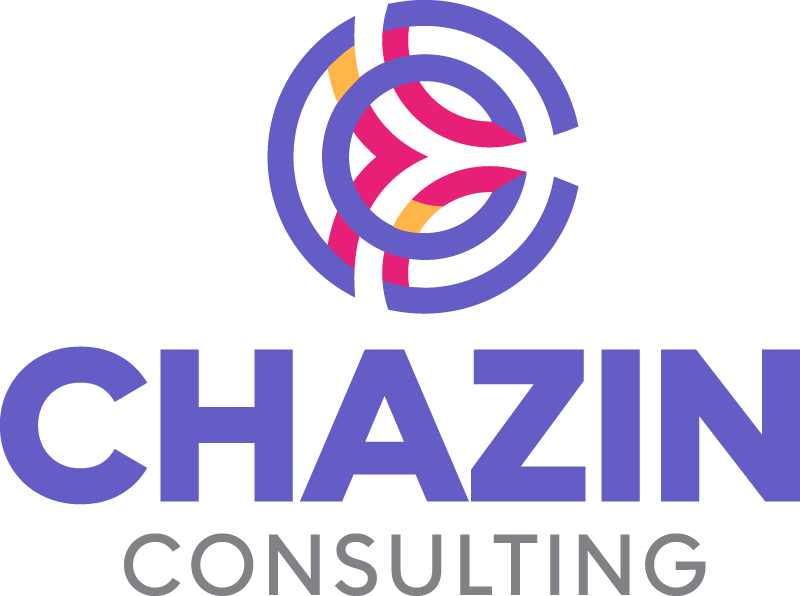Meeting Design & Facilitation
Receive Our Guide:
10 Steps to Managing Power Dynamics in Your Meetings
We’ve all been there. You’ve brought a group of people together to meet for the purpose of achieving a common goal, but despite your best intentions, at the end of the meeting, you haven’t come close to reaching that goal. Wondering where it all went wrong, you realize that a few voices dominated the conversation and sent you all off-track, making little room for others. In short, power dynamics – or the unequal distribution of influence, authority, and resources among your attendees – rendered the meeting ineffective, decisions failed to reflect the group’s consensus, and those “without power” left feeling frustrated and disengaged.
- Some participants, often those from traditionally dominant groups based on race, language, age, education level, or profession, speak disproportionately too much.
- Some participants, often those from traditionally marginalized groups, speak less or not at all.
- Participants express support for or align with the opinions of those with power.
As a meeting leader or facilitator, this can lead you to feel frustrated and perhaps powerless yourself. The bad news is, this happens all the time. It is a well-accepted “rule” that in a group of 10 to 40-plus people, four to five individuals will do 80 percent of the talking!
The good news is, the way that power dynamics show up and negatively affect your meetings – the impact of those four or five voices– is almost entirely preventable or manageable.
In this new guide, 10 Steps to Managing Power Dynamics in Your Meetings, we share straightforward strategies you can use when designing, leading, and facilitating meetings to minimize the negative way that power dynamics show up. These steps will help you achieve your meeting goals, ensure that all voices have a chance to be heard, and keep your participants feeling motivated and engaged.
Free Meeting Design and Facilitation Guide
10 Steps to Managing Power Dynamics in Your Meetings
By clicking submit, you agree to receive this resource and other tools from Chazin Consulting to support your efforts to effect meaningful, sustainable change in public health, oral health, and lifelong well-being.
